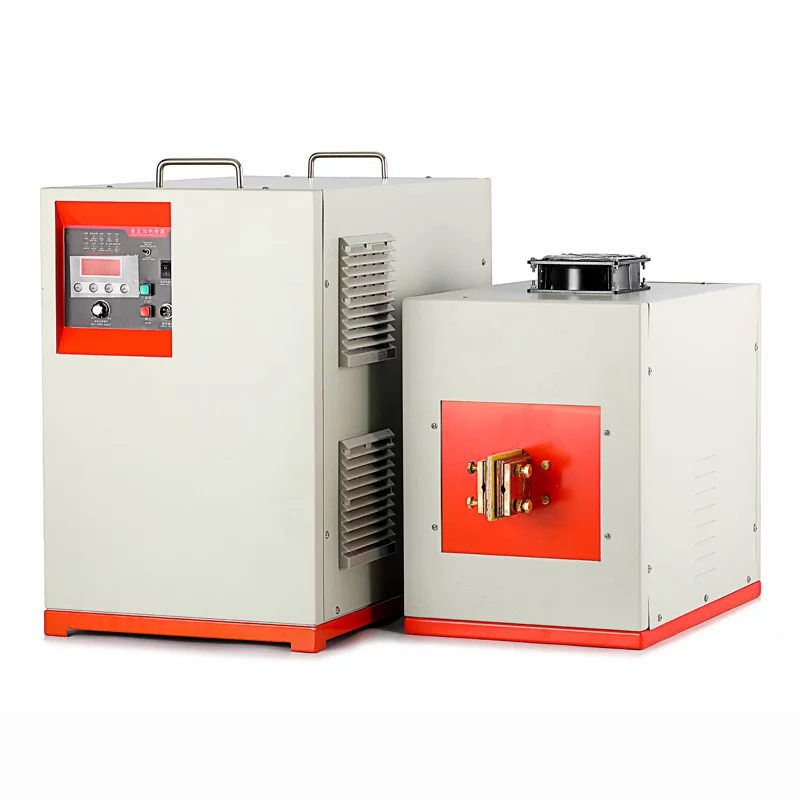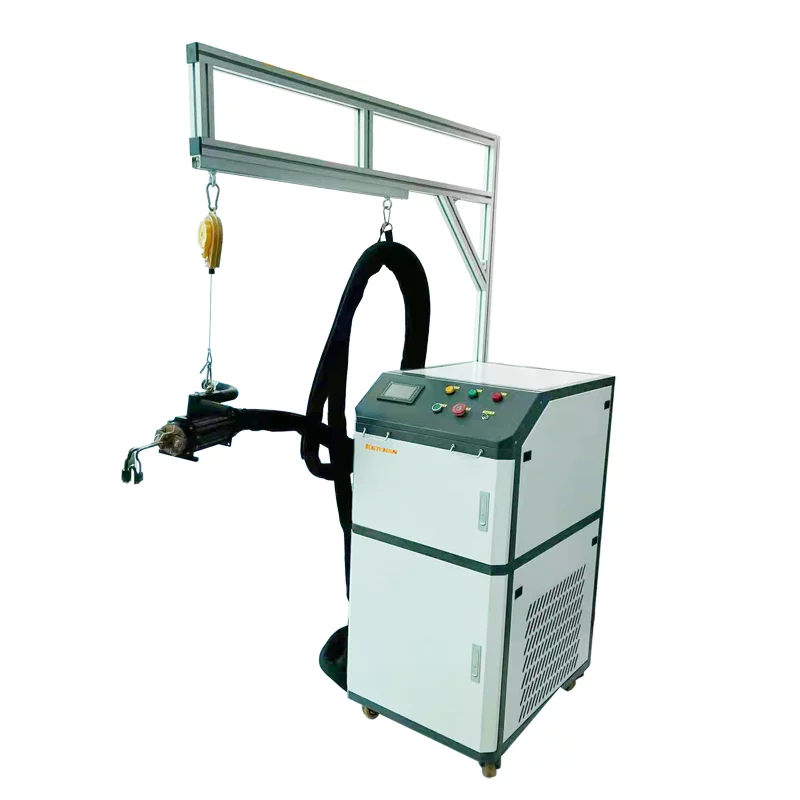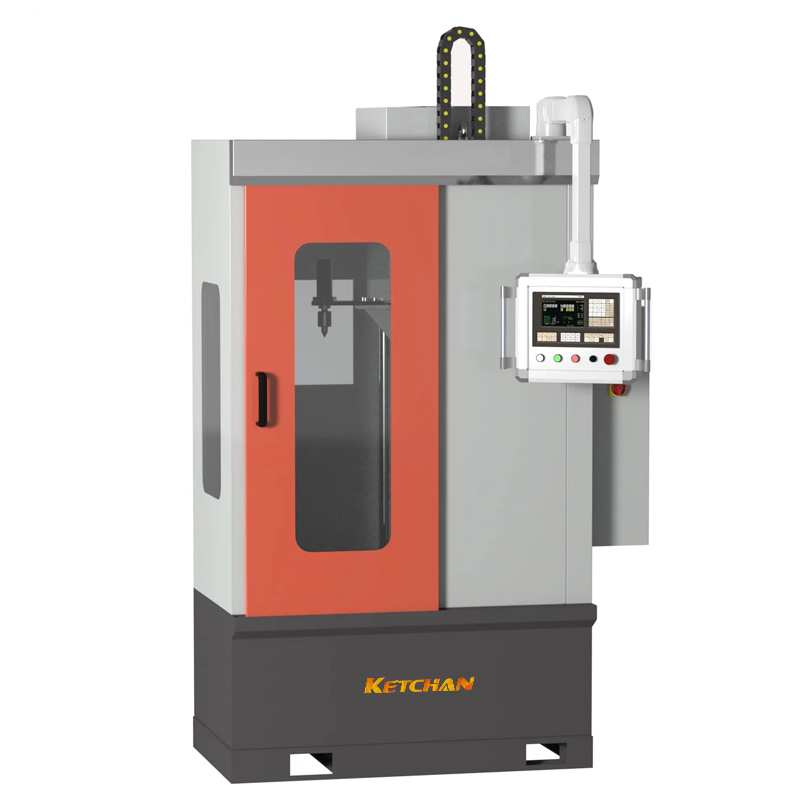There are currently several kinds of metal nitriding process:
l Before nitriding parts surface cleaning: most of the parts, you can use immediately after the degreasing method to oil gas nitriding. Some parts also need to be cleaned with gasoline better, but in the final processing method before nitriding if the use of polishing, grinding, polishing, that is, the surface layer may hinder nitriding, resulting in nitriding, nitriding layer is not uniform or bending defects. It is advisable to use one of the following two methods to remove the surface layer. The first method is to remove the oil by gas before nitriding. Then the surface is treated by sand spraying using aluminum oxide powder. The second method is to treat the surface with a phosphate coating.
l Nitriding furnace: air, will be put in nitriding furnace, processing parts, and heating after the furnace cover seal, but must be heated to 150 ℃ before furnace air work. The main function of the furnace is to prevent ammonia decomposition and air contact and explosive gas and to prevent the surface of the treated matter and support oxidation. The gases it USES are ammonia and nitrogen. The main points to remove the air in the furnace are as follows:
(1) after the parts are installed properly, the furnace cover will be sealed, start to pass anhydrous ammonia gas, the flow as much as possible.
(2) Set the automatic temperature control of the heating furnace at 150℃ and start heating (note that the furnace temperature should not be higher than 150℃).
(3) When the air in the furnace is discharged to less than 10%, or when the discharged gas contains more than 90% NH3, then increase the furnace temperature to the nitridation temperature.
l Ammonia decomposition rate: nitriding is and other alloying elements and nitrogen contact of the nascent state, but the nascent state of nitrogen, namely for ammonia and heating of steel contact ShiGang material itself as the catalyst and promote the decomposition of ammonia.
Although in a variety of decomposition rate of ammonia gas, can nitride, but generally use 15 ~ 30% of the decomposition rate, and by nitride required thickness at least 4 ~ 10 hours, the treatment temperature is maintained at 520℃ or so.
cooling
Most industrial nitriding furnaces are equipped with heat exchangers for the rapid cooling of the furnace and the parts to be treated after nitriding is completed. That is, after the nitrification is completed, the healing power will be turned off to reduce the furnace temperature by about 50℃, and then the flow of ammonia will be doubled before the start of the heat exchanger. At this point, you should pay attention to observing the glass connected to the exhaust pipe, whether there is bubble overflow, to confirm the positive pressure in the furnace. After the ammonia gas is settled in the furnace, the flow of ammonia can be reduced until the positive pressure in the furnace is maintained. When the furnace temperature drops below 150℃, the aforementioned method of removing the gas in the furnace shall be used, and the cover can be opened after air or nitrogen is introduced.





